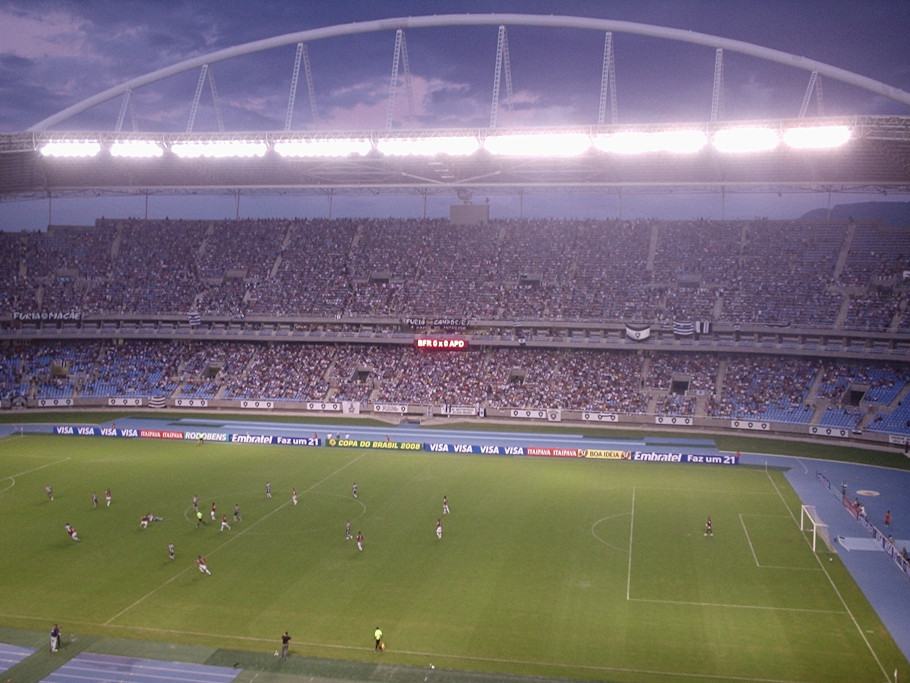The UEFA Europa Conference League, Europe’s third-tier continental competition, is also set to undergo significant changes from the 2024-2025 season. As part of UEFA’s overall restructuring of its European tournaments, the new format will bring the Conference League in line with the revamped Champions League and Europa League. These changes aim to offer more matches, increase the competitiveness of the tournament, and give more opportunities to clubs across Europe to experience international football.
Key Changes in the New Conference League Format
- Expanded Number of Teams:
- The Europa Conference League will feature 36 teams in the league phase, an increase from the current 32. This expansion opens the door for more clubs from smaller nations and leagues to participate, furthering UEFA’s mission of inclusivity in European football.
- Single League Stage:
- Like the new formats in the Champions League and Europa League, the Conference League will switch to a single league system. All 36 teams will be placed in a large league table, but each club will only play six matches against six different opponents, as opposed to the traditional group-stage format of six matches against three opponents.
- These six matches will be played in a mix of home and away fixtures, and the opponents will be determined by seeding to ensure a fair and balanced competition.
- Qualification for Knockout Stages:
- The top eight teams in the league phase will automatically qualify for the Round of 16.
- Teams finishing between 9th and 24th place will enter a playoff round. This two-legged knockout round will determine which teams will join the top eight in the Round of 16.
- Teams finishing 25th to 36th in the league phase will be eliminated from the competition after the group stage, making every match crucial in the battle for progression.
- More Matches Overall:
- Although each team will only play six matches in the league phase (the fewest among UEFA’s three tournaments), the overall number of matches in the competition will increase, with the knockout rounds and playoff stages adding more games to the tournament’s calendar.
- Qualification Routes:
- As before, clubs will enter the Conference League based on their domestic league positions, with many teams coming from countries with lower UEFA coefficients or those who drop out of the Europa League qualification stages. However, the expansion and new format provide more spots for teams across Europe to join the competition.
Why the Change?
- Aligning with UEFA’s New Structure:
- The Conference League’s changes follow the broader reform of UEFA’s European competitions, which includes similar updates in the Champions League and Europa League. By adopting a league phase and expanding the tournament, UEFA aims to create consistency across its tournaments while increasing excitement in each competition.
- Enhancing Competitiveness:
- The league format ensures that every match has higher stakes. Under the previous group-stage format, teams often played safe, with fewer opportunities for progression. The new system, where 24 of 36 teams advance to the next round in some form, will keep the competition more engaging and competitive throughout the league phase.
- Increased Exposure for Smaller Clubs:
- The Conference League was initially introduced to give smaller clubs a chance to play in Europe, and the new format expands that opportunity further. With more clubs gaining entry and the new league structure guaranteeing varied opponents, teams from lesser-known leagues will gain more exposure and competitive experience on the European stage.
- More Matches, More Revenue:
- Like the changes in the Champions League and Europa League, the revamped Conference League will also benefit from more matches, leading to increased broadcasting and sponsorship opportunities. This additional revenue is especially valuable for smaller clubs that rely heavily on European competition to boost their finances.
Impact on Clubs
- Higher Stakes for Progression:
- With only six league phase matches to earn points, teams will have less room for error, and every result will matter. The top eight teams automatically moving to the Round of 16 places even more importance on finishing in the upper tier of the league table, while the playoff round adds a layer of risk and excitement for those finishing lower.
- Variety of Opponents:
- Under the new format, clubs will face six different opponents, creating more variety and unpredictable matchups than the traditional group-stage system. This could benefit both the teams and fans, as they will see a wider array of opponents from across Europe, providing a fresh challenge and new experiences.
- Squad Management and Depth:
- The expansion of matches, especially for clubs that progress to the knockout rounds, will require careful squad management. Teams will need to balance their domestic league campaigns with European commitments, which could be a challenge for smaller clubs with less squad depth. The added matches may strain resources, but the potential rewards in terms of exposure and revenue make it worth the effort.
- Pathway to Europa League:
- The Conference League remains an important stepping stone for many clubs aiming to make a mark in European football. The winner of the Conference League will continue to gain automatic qualification to the following season’s Europa League, offering an attractive incentive for clubs to perform well.
Fan and Critic Responses
- Increased Excitement:
- For fans, the changes are generally seen as positive, bringing more competitive balance and varied matchups to the tournament. The chance to see their team play against unfamiliar opponents from different countries adds to the excitement of following the Conference League.
- Concerns About Fixture Congestion:
- Some critics, however, have raised concerns about the potential for fixture congestion. With more European matches added to an already packed domestic schedule, clubs—especially smaller ones—may struggle to keep up with the physical demands on their players.
- Quality of Competition:
- While the Conference League is still viewed as a competition for clubs outside Europe’s elite, the new format and increased participation may improve the overall quality of the tournament. As teams from smaller leagues gain more experience, the competition is expected to grow in stature and importance over time.
Conclusion
The new format of the UEFA Europa Conference League marks a significant step in the evolution of European football. By expanding the number of teams and introducing a single league phase, UEFA aims to create a more dynamic and exciting competition, offering clubs from across Europe a better chance to compete on the continental stage.
While there are challenges ahead, particularly regarding fixture congestion and the increased demands on clubs, the new structure is designed to provide more opportunities for teams, increase revenue, and enhance the overall quality of the competition. For fans, this new era of the Conference League promises more thrilling matchups and unpredictable outcomes, cementing its place as a vital part of Europe’s football calendar.
- Neymar’s Return to Santos FC - January 29, 2025
- Manchester United and Manchester City: Challenges in the 2024-2025 Premier League Season - January 5, 2025
- Manchester City: The Downfall of a Modern Football Powerhouse - December 16, 2024



